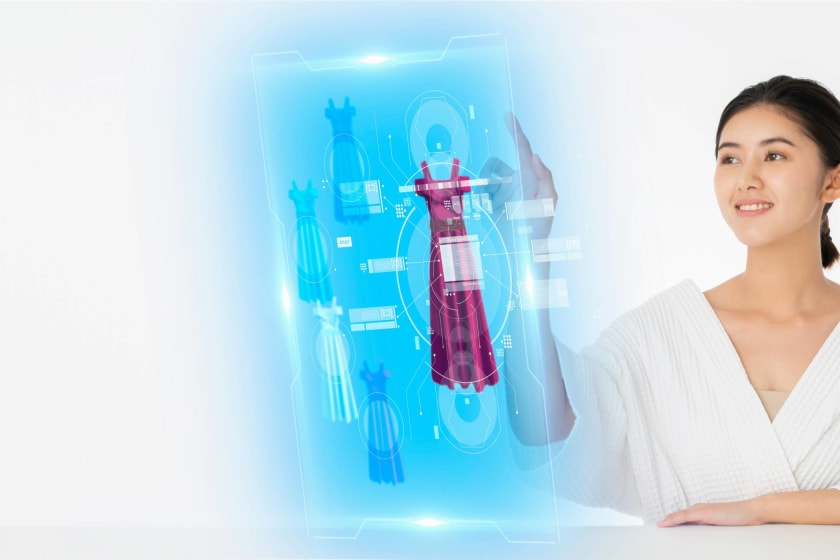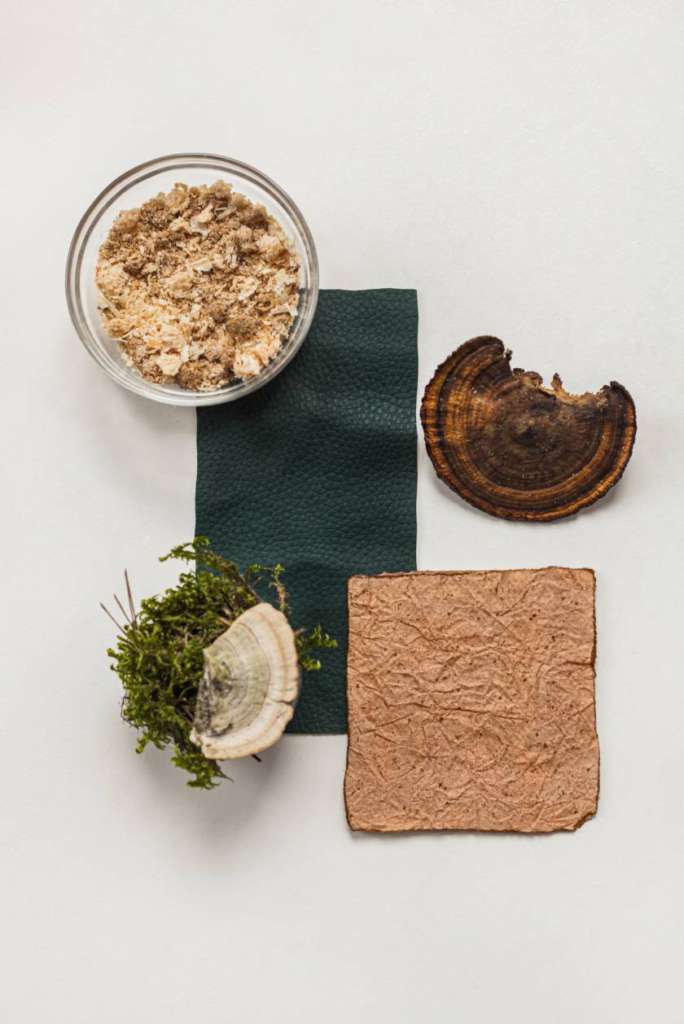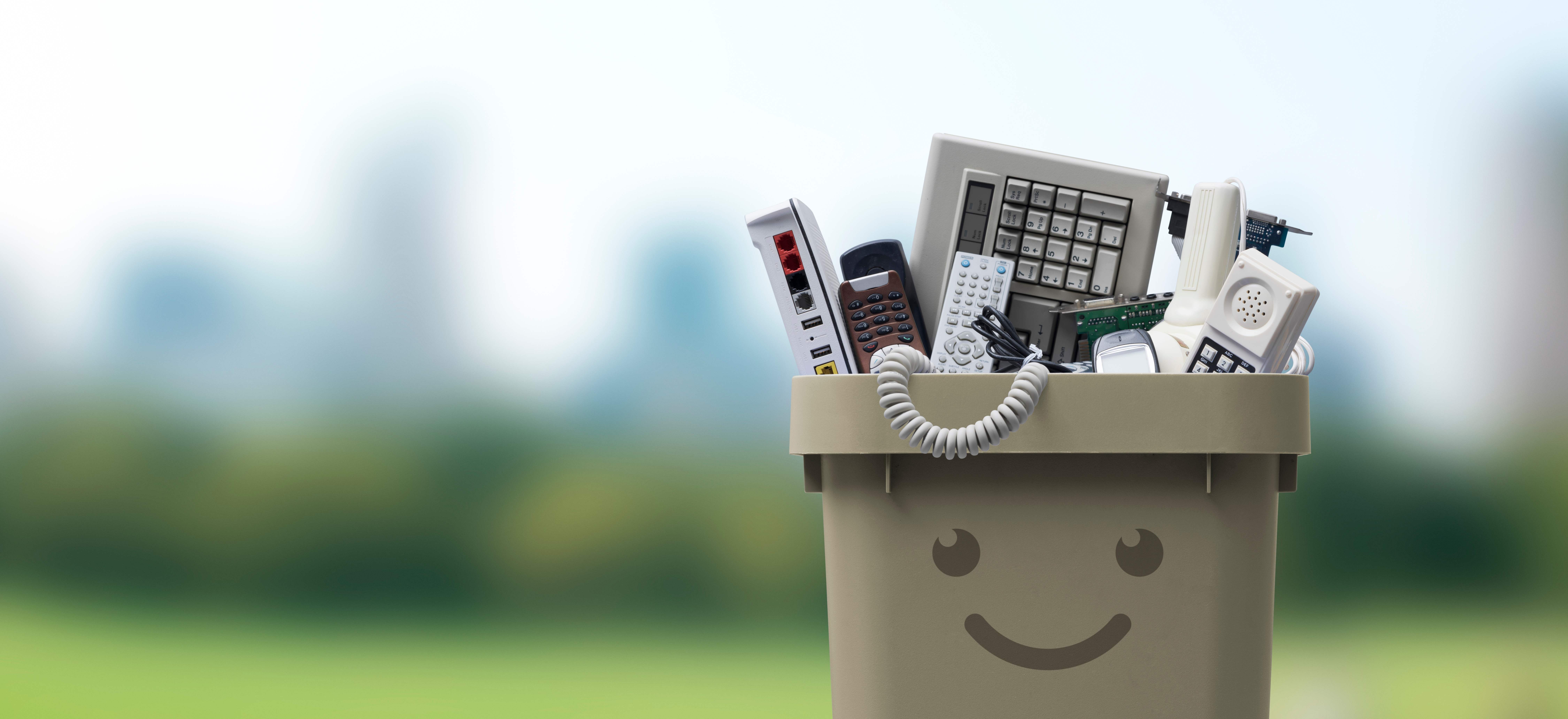Biotechnology Is Changing How We Make Clothes



Fashion as we know it
What is fashion? That is not an easy question to answer, even by people in the industry. When the same question is posed to consumers, the answers start becoming even more vague. And yet, the common thread is, everyone thinks fashion is related to clothes. Clothes are what people relate to the most, and clothes are what define an entire industry.
Now imagine the effect any news about clothes will have on the whole industry. If it's positive news, great! But more recently, the discussions have revolved around the impact of the entire manufacturing process. Be it the use of chemicals in the manufacturing process, the consumption of water, the waste generated or even the effect of synthetic materials on the wearer. The industry seems riddled with a lot of troubles and is looking for suitable solutions. Alongside this, we have new developments like digital clothes, which are taking the market by storm.
In a world that is moving towards sustainable and eco-friendly practices, the fashion industry cannot stay behind. Fashion as we know it today needs to evolve and move towards better alternatives. This is why there is a lot of excitement around the use of biotechnology to change the way the industry works.
What is biotechnology?
While it is not a new concept, it's better to have some understanding of what biotechnology is, to understand how it can affect a complete industry positively. Biotechnology is any technology that uses biology instead of synthetic processes and substances. Knowledge of biological processes and their interactions with the environment is a must to develop such new technological innovations.
Biotechnology in fashion
The use of biotechnology in the field of textiles is not new. Organic dyes, fermentation, and natural fibers have all been in use for ages. However, with the discovery and manufacture of synthetic fibers that could speed up the production processes leading to mass manufacture resulting in higher profits, the industry was transformed. The reliance on synthetic materials and chemicals in the overall manufacturing process kept increasing. Now, the industry has reached a stage where these processes have become a problem.
This situation and the awareness of the magnitude of the problem has led dedicated members to experiment and find alternatives to the existing steps. Some potential areas of improvement that biotechnology in clothes production or bio-fabrication targets include:
- Designing new materials with the help of biological enablers like enzymes and genetic modification of microbes
- Substituting the prevalent harsh chemicals in processes like dyeing
- Reducing water consumption by utilizing biological processes
- Preventing non-degradable waste by producing decomposable materials that leave minimum to zero waste
- Improvising processes of textile finishing by reducing the utilization of resources
Each of these is an interesting use-case and is being pursued by teams of designers, scientists and technology experts together. While the research gained traction since the 2000s, it is only recently that the results have started appearing. There are a number of exciting innovations, with interesting outcomes, that have come to the fore.
Although the results are encouraging, it must be kept in mind that these are all small-scale results. As the teams carry on their work of research and experimentation, there is also a need to ensure these outcomes are scalable to make a deeper impact in changing the paradigm of the industry.
How Biotechnology is changing clothes production

One of the first people to discuss leveraging biotechnology to “grow fabrics” instead of making them was Suzanne Lee, who discussed the concept in 2003. A leading name in the industry, advocating bio-fabrication, she is one of the pioneers in the field. There are some very interesting innovations that have happened in the production processes. Some of these are listed below for a quick reference.
Spider Silk
Silk is a known fiber that has been in use for centuries to make clothes. However, the process of silk production is not fast enough to cater to the rapidly increasing demand of the industry. This led scientists to find ways of mimicking the way silk is produced by the silk-worms in the lab. They finally achieved it with the help of genetically engineered bacteria. These bacteria are allowed to ferment in large vats containing sugars and other nutrients.
The fibers produced are very fine, a fraction of a millimeter, and yet extremely strong. The process yields fibers that can then be utilized to make clothes, shoes and even watch straps! That innovation, if it can be scaled to industrial levels, can be a major breakthrough in the way clothes are manufactured. The companies working on the innovation already have working prototypes that they are confident can be scaled up.
Mushroom Root Leather

This is another very interesting development being closely monitored by the entire industry. Leather is a sturdy material that has been in use for a long time in making clothes. The material, however, has come under a lot of criticism lately for a number of reasons, including animal cruelty, the toxins and pollutants caused by tanning of leather, and above all, its overall impact on the environment.
Now, researchers have found a wonderful alternative to this popular material. Made with mycelium – bacteria that grows in the roots of mushrooms – this is an attractive alternative. Having the supple characteristics of leather, it can be molded and turned into a number of products like bags, shoes, watches and even jackets. The consumers get to wear the clothes and accessories of their choice, without harming other animals or the environment.
Not just that, once they are done with the clothes, they can simply bury or compost them, and the clothes will decompose naturally. This is the waste management solution the industry needs to tackle its huge waste management problem, spurred on by fast fashion.
Living Dyes
A very important aspect of any fashion item, especially clothes, is the color. The use of a wide variety of dyes makes it possible to bring out lively colors. But the flip side is that most of these are chemical dyes that have a lot of negative effects. These chemicals have a long-term effect on the workers, use up a lot of water in the washing process and release pollutants. Some of them even leach onto the skin of the wearer.
Searching for an alternative, teams have designed algal dyes that address most of these concerns. Being natural dyes, they do not impact either the worker or the wearer. Even the water consumption goes down drastically, with no pollutants remaining behind. The only issue with these living dyes, which is minor compared to the bigger concerns it addresses, is the fact that the colors tend to fade over time.
Conclusion
The use of biotechnology is certainly the way the industry is looking to go, by addressing a lot of the harmful processes in the current manufacturing process. However, the long-term impact of these biological interventions and their scaling up is something that needs to be carefully examined. For more such in-depth information about the fashion industry, as well as to find a community of like-minded members, head to Fashinza. We work with leading manufacturers and suppliers, who use the latest technology to produce fashion apparel.



















